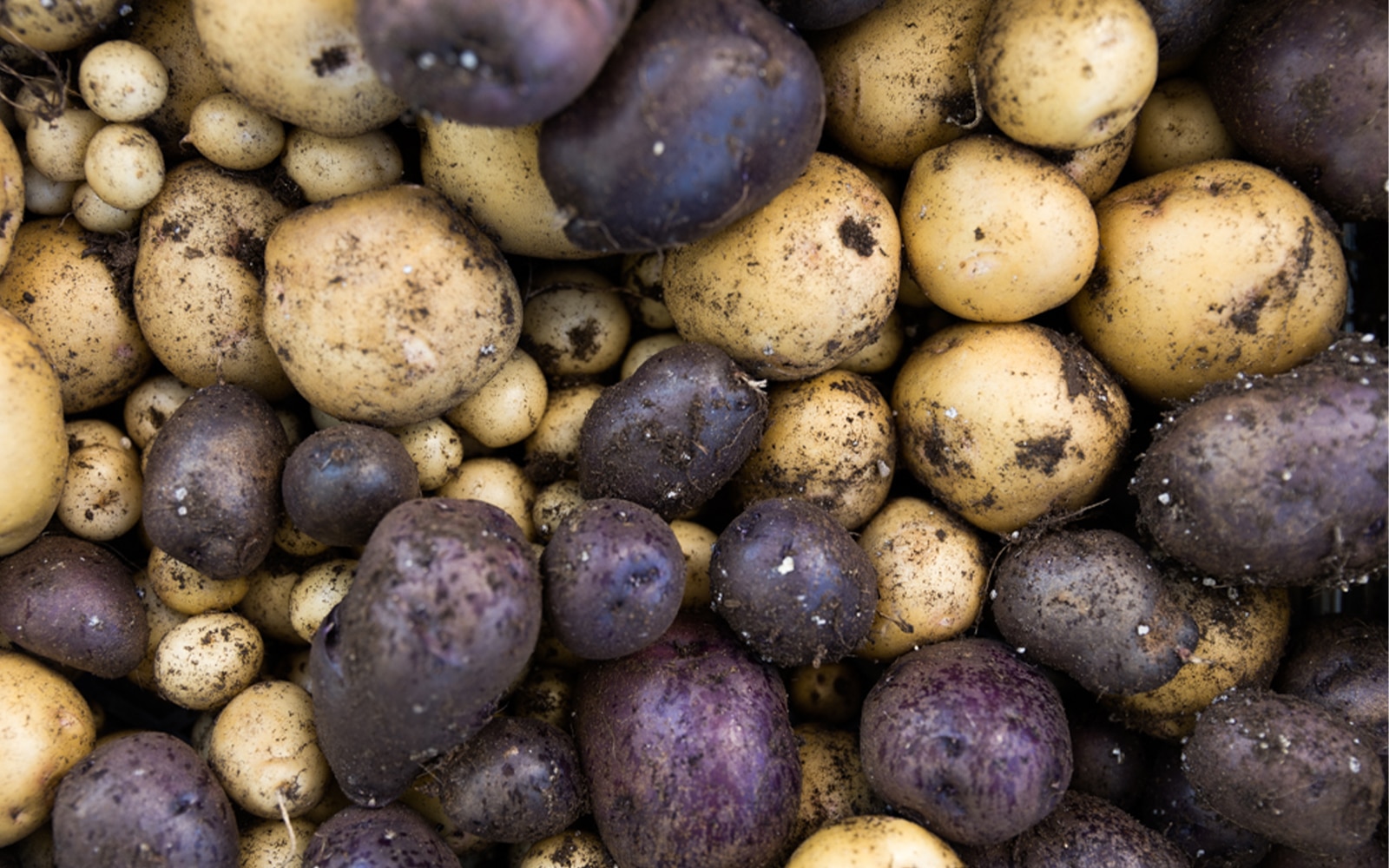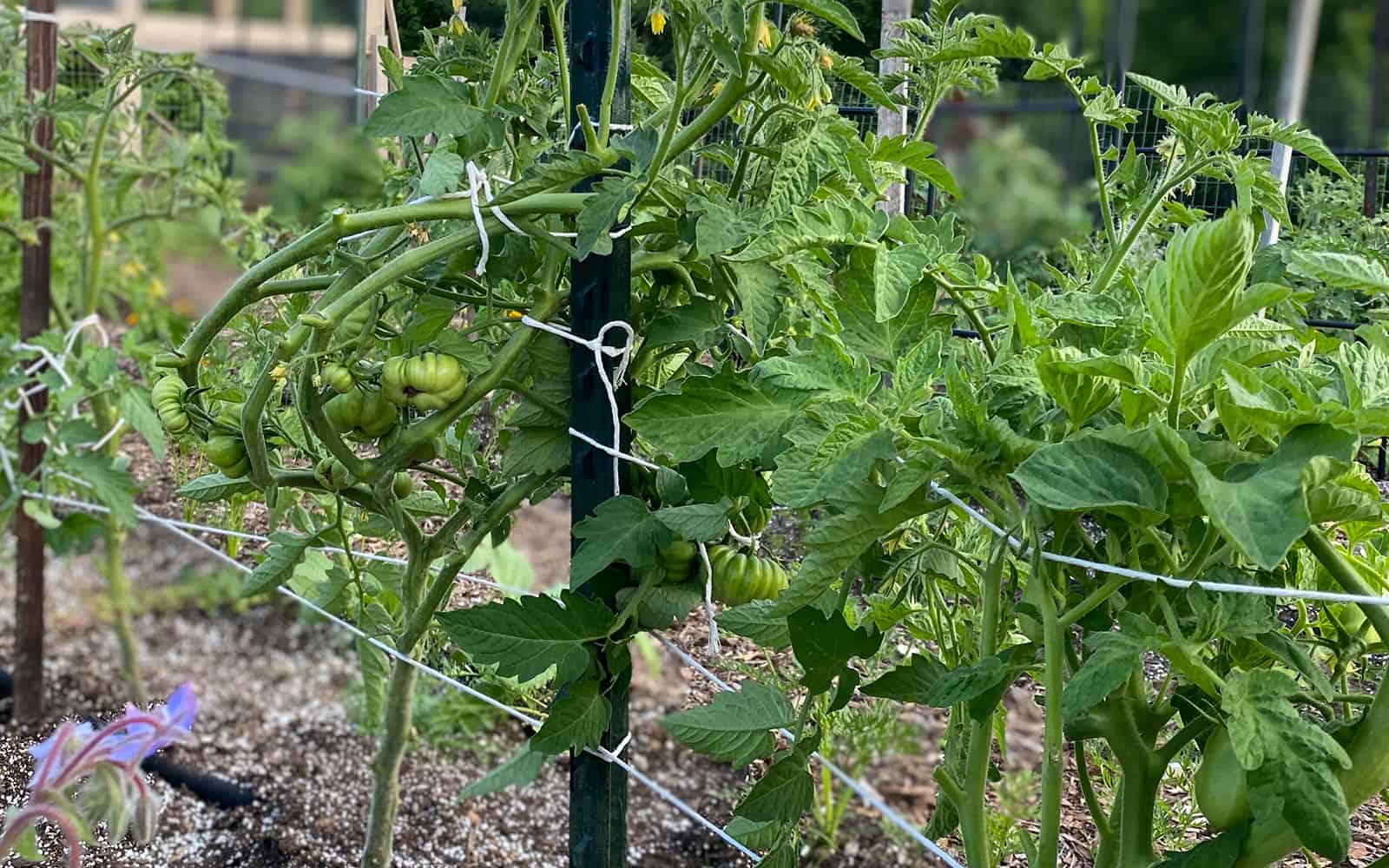
Remember the last garden post where I talked about plants that could be planted in the early Spring prior to the last frost? Well today I am going to share with you my planting process. You will see some of this talk again when we plant the seedlings I have been growing inside for almost 3 weeks now. The biggest thing with planting is to keep it organized because for almost 2 weeks you will never see a sprout and then for another few weeks they will look something like a weed. This means it is important to make straight lines and indicate their location within the garden.

For those of you who missed the last post we will be planting the carrots, kale, radishes, and beets. Our last frost in Traverse City is the first week of June, so this gives my plants (I planted these the first few days of May) plenty of time to sprout and be thinned before the real Summer heat begins to start. Vegetables like Kale and Radishes need the cold to actually taste good. They do not do well in warm climates because the heat can change the flavor of them. Radishes will get REALLY spicy and Kale will get very bitter in high heats. If you do want to grow these in warm climates grow them during the Winter months when the weather is the coolest. They are hardy.


We are using the Clyde Oak plant markers to indicate where everything goes in the garden so we begin by sharpening the pencil with a knife. These markers are pretty awesome because by writing on the aluminum tags it promises a couple things.
1. The names will stay no matter the weather. The lead on the aluminum comes off but only with an eraser.
2. It won’t bleed. Every time I write on a wood stick with a marker it is all over the place and does not look pretty
3. They are reusable. Since you can erase the names you can reuse them year after year for your garden.



Once I got the names of all the seeds I was planting on the plant markers, I then placed them at the head of the row where I will be planting. It acts as the stake for my line I will use to make sure I have a straight row.
You will see below where the carrots, beets, kale, and radishes are being placed and where I am placing the markers.


Once the plant markers are in the appropriate places I then grab my line that I keep on a rod (for me it was just a scrap of wood in the garage). I then loop the twine around the stake and unravel it till I am on the other side of the garden plot from the stake. I lay it down and double check that it is where I want it.

Then grab any kind of tool that will help you dig a deep line in the dirt. I had my weed cultivator (if you don’t have one of these and have a good size garden I suggest picking one up. It is the best $20 or so I ever spent at the garden store it makes weeding a breeze).


Once you have your line set in the dirt grab your seeds and follow the directions on the packets you have. I sometimes also do extra research online to find out further details if I don’t feel the packages are very clear. As a common go to root veggies are placed about 1 inch under the dirt and they are scattered. Once they are an inch tall you thin them so they are about 1-2 inches apart. As far as kale that is a little different and the packages usually detail these things. So just double check your package.
Have you started your garden? Anything sprouting? I am sure some of you have started harvesting if you are in the South. That makes me jealous 🙂



